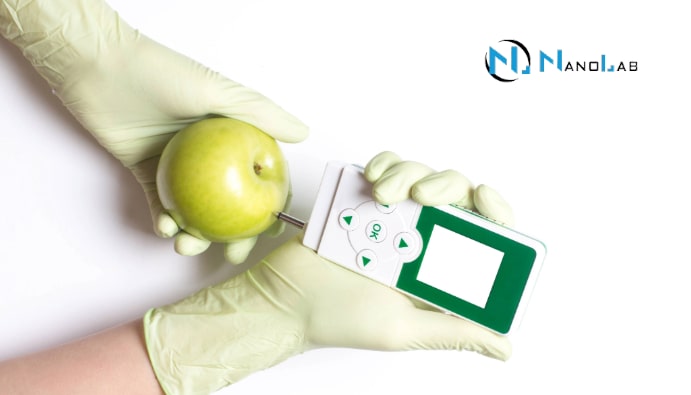Radioactivity Determination: What are the Risks for Food?
What is Radioactivity?

What is Radioactivity?
The process by which some atomic nuclei spontaneously emit energy due to their instability is called radioactivity. When radioactive substances emit this energy, they emit radiation in the form of alpha particles, beta particles or gamma rays. Energy is emitted in the form of particles or electromagnetic waves.
Sources of Radioactivity
- Natural Radioactivity: Some isotopes occur naturally in nature and undergo spontaneous radioactive decay. Uranium-238, thorium-232 and potassium-40 are examples.
- Artificial Radioactivity: Radioactive isotopes produced by man-made sources such as nuclear reactors or particle accelerators. Cobalt-60 and cesium-137 are examples.
Uses of Radioactivity
- Medicine: Radiotherapy in cancer treatment, PET scans in medical imaging.
- Industry: Material thickness measurements, welding inspection.
- Agriculture: Pest control, increasing crop durability.
- Energy: Nuclear energy production.
Radioactivity in Food
Radioactivity is always present in foods to some extent. Today, the issue has become more prominent as consumers have become more aware and started to research on radioactivity.
Foodstuffs are exposed to radioactivity from four sources, one natural and three artificial.
- The natural source of radioactivity is potassium-40 (40K), an isotope of potassium, which is naturally radioactive.
- Industrial radioactivity comes from nuclear power, fuel production and reprocessing plants, fossil fuel power plants, laboratories and even hospitals.
- Weapons testing, as is well known, has resulted in relatively large contamination of crops and other foodstuffs by airborne residues from atmospheric weapons testing in the 1960s.
- Accidents involving radioactivity include Chernobyl and the accident at Fukushima Daiichi after the earthquake in Japan.
The detection of radioactive substances in food requires strict control and effective analysis. Using the Germanium Semiconductor Detector, radionuclides in food can be controlled.
- The weight of a shredded food sample is measured. It is taken into a container.
- It is placed in a box-shaped detector covered with a thick layer of lead.
- The amount of radioactive cesium is measured.
- Finally, the measurement results are evaluated.
For all your questions about Determination of Radioactivity in Food, you can contact our expert and authorized team as Nanolab Laboratories Group. We also provide services on the determination of nutrients, you can visit our website for detailed information.
For more information visit our website: https://www.nano-lab.com.tr/
You can follow us on LinkedIn for up-to-date news and posts about our services.
Follow our Instagram account to be informed about our latest blog posts.

